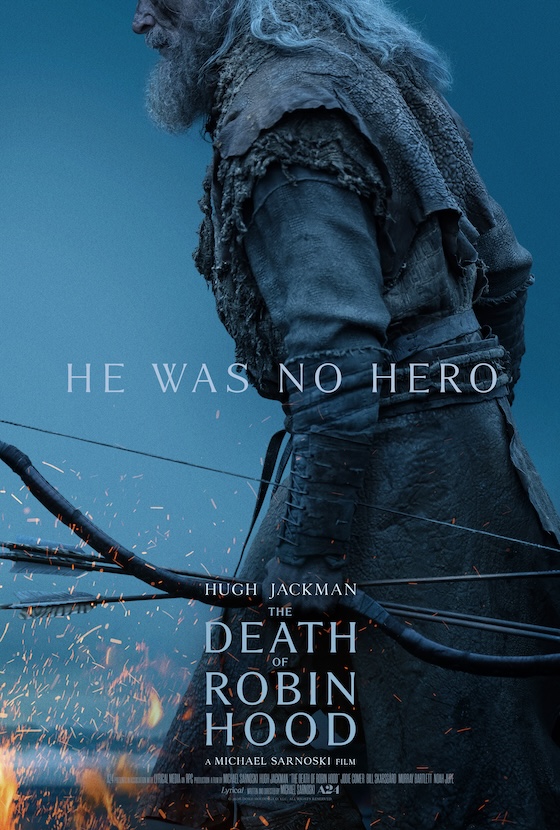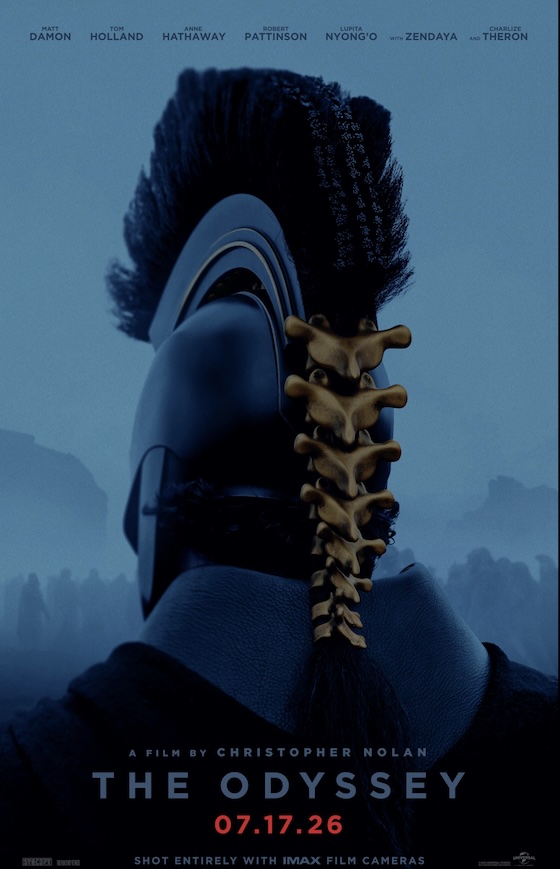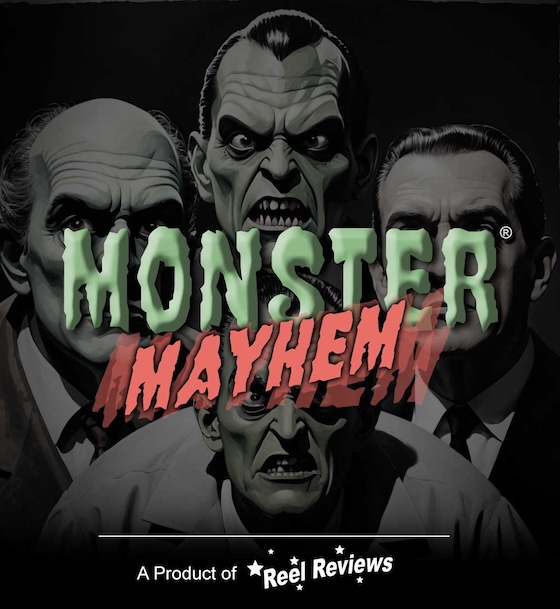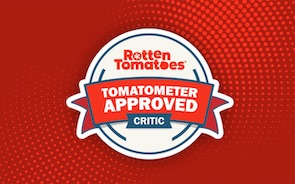With Alien: Covenant about to hit screens in 2017, we thought we’d take a trip back and explore one of the most successful and often turbulent franchises in cinema history. This six part article series will take you from the beginning, through all the twists and turns, all the way through to Ridley Scott’s latest entry into the Alien legacy.
Part 1
Also read:
The Alien Franchise: The Ripley Saga Pt. 2
The Alien Franchise: The Ripley Saga Pt. 3
The Alien Franchise: Alien Resurrection
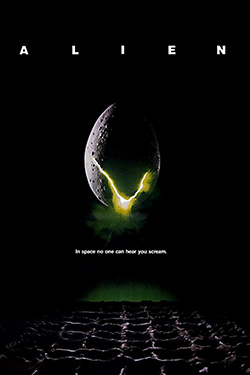 ALIEN (1979)
ALIEN (1979)
Cinema in the 1970s holds a decidedly dour tone, by and large. Not dour as far as output because some of the greatest films ever made belong to this decade. But it was for the first 7 years, a period in film that reflected the times. With the anti-hero front and centre, and the theme of challenging the establishment front and centre in many narratives across many genres. Halfway through the 70s, Steven Spielberg’s Jaws change the studios paradigm by becoming the first ‘blockbuster’, and just two years later, his friend and colleague George Lucas changed cinema forever with his science fiction behemoth Star Wars. It was this film that would give birth to Alien.
The Star Wars Factor
The success that Star Wars brought caught everyone by surprise, and not to waste and further opportunity, Hollywood, as it has incessantly done from then to modern times, said ‘get me one of those’. Every studio and their dog raced to try and replicate what the world told them they were hungry for. Most were cheap knock offs, derivative guff that just tried to ride that gravy train with biscuit wheels as quickly as could be done. Even the studio responsible for Star Wars, somewhat smarting from a deal with Lucas that gave him a lion’s share of profits and all the rights to sequels and merchandise, wanted to replicate the success Star Wars had brought.
But up until Star Wars, science fiction had not been much of a money maker, and so there were few in the industry at that time that would give it the time of day. Therefore, not many writers out there were churning science fiction scripts out. Fortuitously, 20th Century Fox were the ones that had another gem, lying about on an exec’s test, and were primed to hit pay dirt again.
Dan O’Bannon
The late Dan O’Bannon had started making inroads into Hollywood from an inauspicious start studying film at USC with the likes of John Carpenter. He had been involved with what started out as a student film, Darkstar, which eventually blew out to being a theatrically released science fiction comedy… that tanked like a lead balloon. It had occurred to him during the making of that film that he might one day try turning his failed attempt there on its head and make a scary alien picture. A few years later, broke and unceremoniously unemployed after committing to the ill-fated Yoderofski production of Dune, O’Bannon found himself on the couch of buddy Ron Shusett, talking over this idea of gremlins attacking a World War 2 aircraft. This was the beginning of the genesis of Alien.
Over the course of a number of weeks, as he felt the need to get of Shusett’s couch and sell a script, he nutted out with Shusett what he claimed to be the bulk of what we now know as Ridley Scott’s masterpiece.
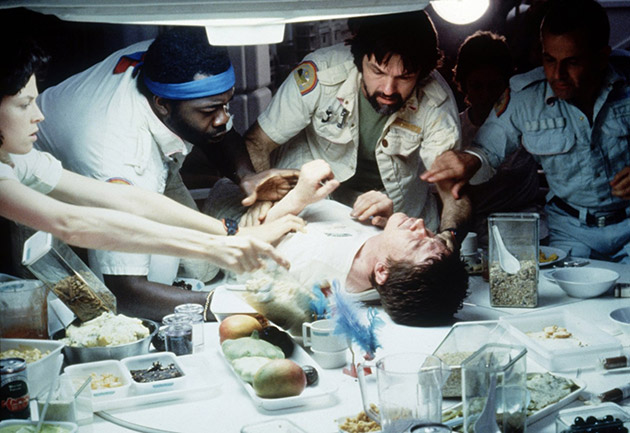
Division and Contention
As if preordained in hindsight, as soon as that script started to become a known and wanted property, division and contention amongst its participants would be a constant and unending element throughout production of this and in fact all the Alien pictures.
The story goes that O’Bannon and Shusett had Alien set up to be a cheap Roger Corman picture (the king of B movies), but through an acquaintance the script landed with Brandywine productions, who partners Gordon Caroll, David Giler and Walter Hill saw potential in it and wanted it to be more. In the red corner we had Hill and Giler, who thought the script was awful, and who made several passes at a new version, who are indisputably responsible for the inclusion of the android Ash, the renaming of all the characters, and claim to be responsible for the ‘truck drivers in space’ tone of the picture. In the blue corning, we had Dan O’Bannon and Ron Shussett, who felt Hill and Giler were just looking for sole credit and tried to muscle them out of the production altogether. Who assert that they are responsible for 80% or more of the film’s story and who steadfastly and successfully claimed sole credit for the screenplay. It is obvious from all accounts that the relationship between parties was less than harmonious and resentment remained for the rest of O’Bannon’s life. What can’t be disputed, no matter which version of events you subscribe to, is that at the end of the day, when all parties had made their efforts, a compelling script was now primed for the making.
Director Wanted
With the screenplay in good shape, focus shifted to who would direct. Originally O’Bannon had designs on the director’s chair, but that quickly went out the window when Brandywine became involved. Walter Hill was briefly lined up, but had no desire to do that kind of movie. The likes of Peter Yates, Robert Aldrich and Jack Clayton were also considered and quickly dismissed (in a rare show of solidarity) by both the O’Bannon and Brandywine camps. But Brandywine had recently become aware of a British commercial director by the name of Ridley Scott, whose debut feature The Duelest was getting some critically and industry notice. It certainly wasn’t setting the box office on fire, but there was a mastery in the filmmaker’s style that Brandywine thought could help raise the bar of this monster flick considerably. O’Bannon couldn’t see it. He would soon change his mind.
Scott was looking for his next picture and wrestled the Alien script from his producer Igor’s hands and within 24 hours was on a plane to the US to pitch for the job. He’d recently been heavily into the work of Mobius and had been struck by Tobe Hooper’s The Texas Chainsaw Massacre and had a take on Alien that instantly appealed to all decision makers. He then proceeded to return to the UK, and within the course of a month, using his none to meagre skills an illustrator, he drew out the whole film in storyboards. Based on these boards, 20th Century Fox doubled the budget instantly.
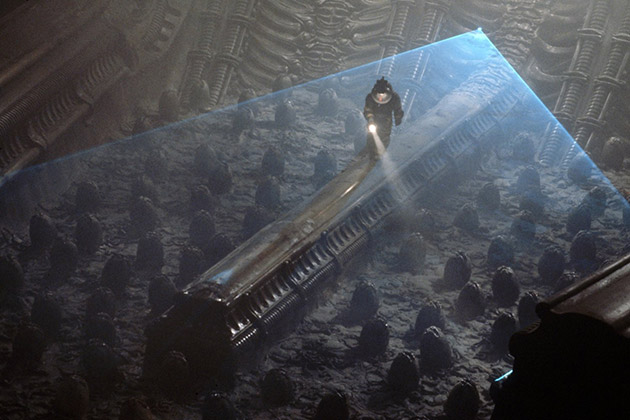
The Cast Takes Shape
Next was casting. O’Bannon and Shusett had made a stipulation in the script when trying to sell it that a couple of characters could be made female in the interest of broadening its appeal. Scott took that idea and made the lead, Ripley, a woman, and set in motion another important element that would help set Alien apart from the rest. Actors of some renown would steadily be added to the cast, like Tom Skerritt, Harry Dean Stanton and Ian Holm. John Hurt would be a post casting replacement for Jon Finch after shooting had begun, due to the actor falling very ill. But the last to be cast was newcomer Sigourney Weaver as Ripley. In her, they broke the mould of any genre leading character to date. Her striking appearance, height, and intelligence helped to pave the way for woman in film for the future. Although nervous, inexperienced and fearing she would be fired throughout production, Weaver’s Ripley is nothing short of iconic.
From H.R.Giger’s Mind
The other icon that sprung from this production is the alien itself, from the dark recesses of artist H.R.Giger’s mind. It had always been O’Bannon and Shusset’s dream to work with some of the premier science fiction artists of the day. Through varying circumstances they would both bring the likes of Christopher Foss and Ron Cobb in to contribute to the designs on the film. It would be O’Bannon who would bring Giger’s ‘Necronom IV’ to Scott’s attention, the effect on the writer, director, in fact anyone involved, was instant and visceral. There was no doubt or hesitation in Scott’s mind and he flew and recruited Giger personally, resisting any and all suggestion from the studio that they work on many concepts.
Shooting Begins
Shooting occurred in the latter half on 1978 and ran for fourteen weeks. There are enough stories from all involved about the pressure cooker atmosphere of the shoot to fill a novel of its own. Sufficed to say not everyone walked away from production missing each other, whether producer, writer, actor. But what they did have was a science fiction/horror classic that has never been matched.
Always the perfectionist, Ridley Scott went back to Fox after seeing an early cut of the film and requested to add a new scene to end the film with. In the original version the film would have ended when Ripley fled from the alien on the Nostromo. Scott’s new suggestion was to have the alien stow aboard the escape pod with Ripley and end the picture with it killing her. Since his intention to make ‘The Texas Chainsaw Massacre’ in space, this isn’t surprising. But Fox didn’t agree with that version and met him half way. The alien would stow away with Ripley, but in the end Ripley would be the one who prevailed. That decision made a thrilling ending, cemented an iconic character for all time, and gave Fox another successful franchise… eventually.
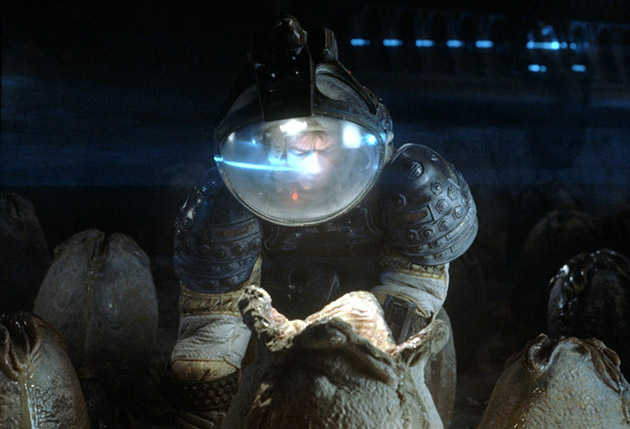
The Iconic Score
To add iconic icing to an already delicious cake Jerry Goldsmith was hired to provide the score. Like every other contributor of this production, he had his problems with what unfolded. Ridley Scott would end up asking for portions of the score to be rewritten, disagreeing with Goldsmith’s original take. But when parts of Goldsmith’s scores made for previous films were bought by 20th Century Fox at the behest of Scott and editor Terry Rawlings and spliced into the score in spite of Goldsmith’s input, things turned sour for the composer.
Box Office Success?
Alien would release in May of 1979 to middle of the road reviews from acclaimed critics of the day, including Leonard Maltin and Siskel and Ebert. No one sledged the movie, but considering what contemporary views of the film are, it seems the critics of the day were a tough audience on the audacious production. Numbers vary, but it is widely considered to have been a box office success, earning $100,000,000 on a budget of around $11,000,000. And like Star Wars, audiences came in the droves, lining up around the block to experience this space adventure of terror.
For this reviewer, Alien is a masterclass in how to cross genres, in atmosphere, and in what can be accomplished when every element of a production is populated with those who won’t compromise their crafts for anyone. Many of the cast and crew had/have animosity about what it took to make this film, but to a one they all agree with one thing. It worked.
Alien is just about as perfect as it can get. It is the film by which many judge their standards. It is thrilling, terrifying, confronting, relatable, impeccably cast, with flawless production design and the cream of the crop contributed to every frame. Many have tried to replicate it; none have come close. I hope that, at the very least, makes the turmoil all involved endured, worth it.
Here's the trailer for Ridley Scott's Alien (1979)
Also read:
The Alien Franchise: The Ripley Saga Pt. 2
The Alien Franchise: The Ripley Saga Pt. 3
The Alien Franchise: Alien Resurrection





